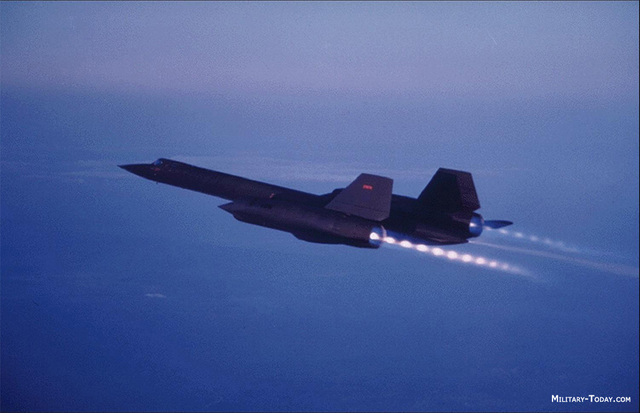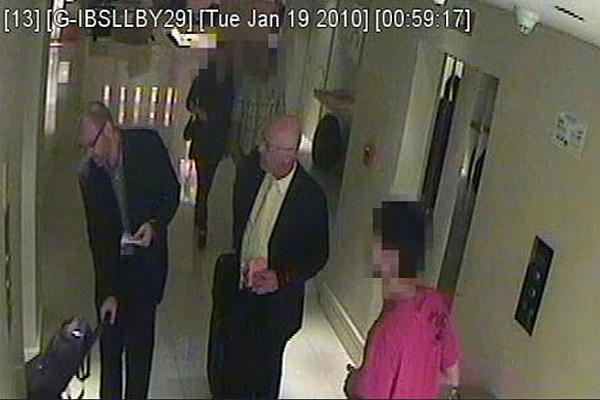On January 23, 1918, the first balloon ascension was made by American Expeditionary Forces. Balloons enabled observation of enemy troop movements and preparations from many miles behind the front line. Being filled with hydrogen, they could also blow up spectacularly.
 |
| U.S. Army balloon accident at Fort Sill, Oklahoma, 1918 |
Technology progressed quickly. Aircraft soon took up the reconnaissance role, and in 1964, the Lockheed SR-71, the ultimate expression of this progression, first took to the air.
 |
| Lockheed SR-71 |
Designed to fly more than three times the speed of sound at more than 80,000 feet, the SR-71 flew too high and too fast to be intercepted by the 900+ missiles fired at it by the Soviet Union and its client states. When the President had a question, the SR-71 could be called on and, a few days and a few million dollars later, return with an answer.
The SR-71 was retired from military service on January 25th, 1990. Why? This represented the end of an era, and the beginning of a new one in which untouchable spy satellites were bolstered on the ground by increasingly pervasive digital intelligence gathering. Cheap cameras and pervasive data networks have turned whole societies into de facto watcher states. With such broad surveillance underway by not just government agencies but also private businesses and citizens, unintended consequences were inevitable, and they have caught even the most experienced intelligence arms off guard.
 |
| Israeli Mossad operatives captured on hotel CCTV during an assassination operation. |
Just because something is possible, does that mean we should do it? I doubt it.
No comments:
Post a Comment